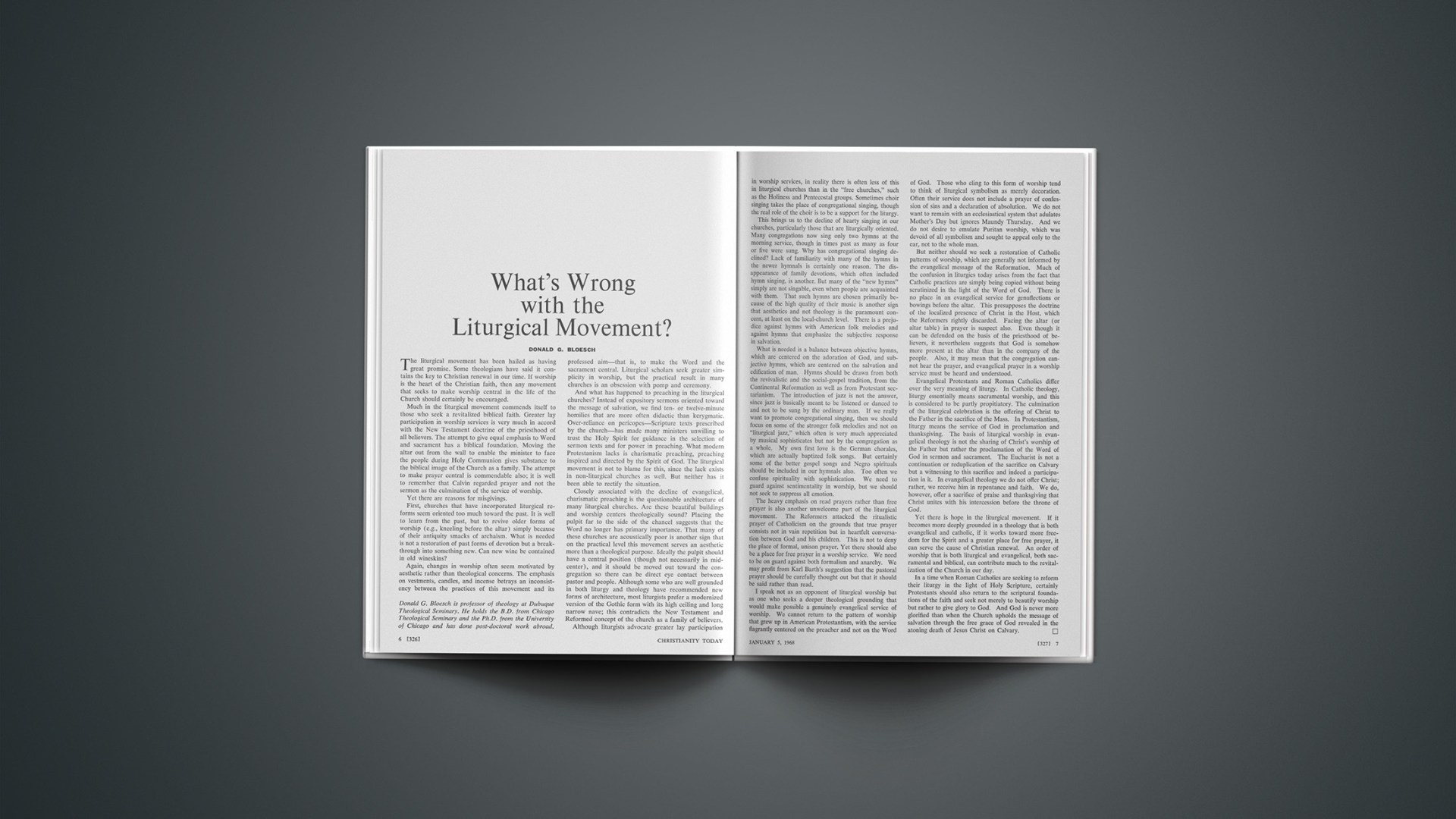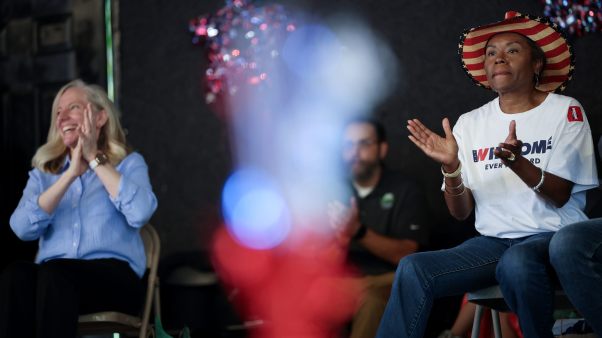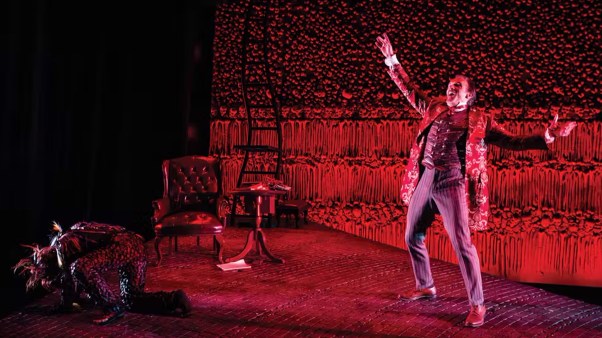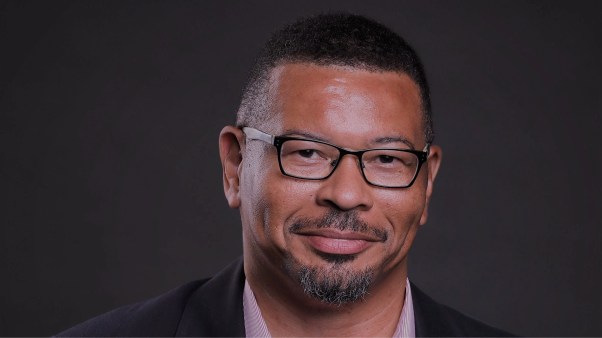The liturgical movement has been hailed as having great promise. Some theologians have said it contains the key to Christian renewal in our time. If worship is the heart of the Christian faith, then any movement that seeks to make worship central in the life of the Church should certainly be encouraged.
Much in the liturgical movement commends itself to those who seek a revitalized biblical faith. Greater lay participation in worship services is very much in accord with the New Testament doctrine of the priesthood of all believers. The attempt to give equal emphasis to Word and sacrament has a biblical foundation. Moving the altar out from the wall to enable the minister to face the people during Holy Communion gives substance to the biblical image of the Church as a family. The attempt to make prayer central is commendable also; it is well to remember that Calvin regarded prayer and not the sermon as the culmination of the service of worship.
Yet there are reasons for misgivings.
First, churches that have incorporated liturgical reforms seem oriented too much toward the past. It is well to learn from the past, but to revive older forms of worship (e.g., kneeling before the altar) simply because of their antiquity smacks of archaism. What is needed is not a restoration of past forms of devotion but a breakthrough into something new. Can new wine be contained in old wineskins?
Again, changes in worship often seem motivated by aesthetic rather than theological concerns. The emphasis on vestments, candles, and incense betrays an inconsistency between the practices of this movement and its professed aim—that is, to make the Word and the sacrament central. Liturgical scholars seek greater simplicity in worship, but the practical result in many churches is an obsession with pomp and ceremony.
And what has happened to preaching in the liturgical churches? Instead of expository sermons oriented toward the message of salvation, we find ten- or twelve-minute homilies that are more often didactic than kerygmatic. Over—reliance on pericopes—Scripture texts prescribed by the church—has made many ministers unwilling to trust the Holy Spirit for guidance in the selection of sermon texts and for power in preaching. What modern Protestanism lacks is charismatic preaching, preaching inspired and directed by the Spirit of God. The liturgical movement is not to blame for this, since the lack exists in non-liturgical churches as well. But neither has it been able to rectify the situation.
Closely associated with the decline of evangelical, charismatic preaching is the questionable architecture of many liturgical churches. Are these beautiful buildings and worship centers theologically sound? Placing the pulpit far to the side of the chancel suggests that the Word no longer has primary importance. That many of these churches are acoustically poor is another sign that on the practical level this movement serves an aesthetic more than a theological purpose. Ideally the pulpit should have a central position (though not necessarily in midcenter), and it should be moved out toward the congregation so there can be direct eye contact between pastor and people. Although some who are well grounded in both liturgy and theology have recommended new forms of architecture, most liturgists prefer a modernized version of the Gothic form with its high ceiling and long narrow nave; this contradicts the New Testament and Reformed concept of the church as a family of believers.
Although liturgists advocate greater lay participation in worship services, in reality there is often less of this in liturgical churches than in the “free churches,” such as the Holiness and Pentecostal groups. Sometimes choir singing takes the place of congregational singing, though the real role of the choir is to be a support for the liturgy.
This brings us to the decline of hearty singing in our churches, particularly those that are liturgically oriented. Many congregations now sing only two hymns at the morning service, though in times past as many as four or five were sung. Why has congregational singing declined? Lack of familiarity with many of the hymns in the newer hymnals is certainly one reason. The disappearance of family devotions, which often included hymn singing, is another. But many of the “new hymns” simply are not singable, even when people are acquainted with them. That such hymns are chosen primarily because of the high quality of their music is another sign that aesthetics and not theology is the paramount concern, at least on the local-church level. There is a prejudice against hymns with American folk melodies and against hymns that emphasize the subjective response in salvation.
What is needed is a balance between objective hymns, which are centered on the adoration of God, and subjective hymns, which are centered on the salvation and edification of man. Hymns should be drawn from both the revivalistic and the social-gospel tradition, from the Continental Reformation as well as from Protestant sectarianism. The introduction of jazz is not the answer, since jazz is basically meant to be listened or danced to and not to be sung by the ordinary man. If we really want to promote congregational singing, then we should focus on some of the stronger folk melodies and not on “liturgical jazz,” which often is very much appreciated by musical sophisticates but not by the congregation as a whole. My own first love is the German chorales, which are actually baptized folk songs. But certainly some of the better gospel songs and Negro spirituals should be included in our hymnals also. Too often we confuse spirituality with sophistication. We need to guard against sentimentality in worship, but we should not seek to suppress all emotion.
The heavy emphasis on read prayers rather than free prayer is also another unwelcome part of the liturgical movement. The Reformers attacked the ritualistic prayer of Catholicism on the grounds that true prayer consists not in vain repetition but in heartfelt conversation between God and his children. This is not to deny the place of formal, unison prayer. Yet there should also be a place for free prayer in a worship service. We need to be on guard against both formalism and anarchy. We may profit from Karl Barth’s suggestion that the pastoral prayer should be carefully thought out but that it should be said rather than read.
I speak not as an opponent of liturgical worship but as one who seeks a deeper theological grounding that would make possible a genuinely evangelical service of worship. We cannot return to the pattern of worship that grew up in American Protestantism, with the service flagrantly centered on the preacher and not on the Word of God. Those who cling to this form of worship tend to think of liturgical symbolism as merely decoration. Often their service does not include a prayer of confession of sins and a declaration of absolution. We do not want to remain with an ecclesiastical system that adulates Mother’s Day but ignores Maundy Thursday. And we do not desire to emulate Puritan worship, which was devoid of all symbolism and sought to appeal only to the ear, not to the whole man.
But neither should we seek a restoration of Catholic patterns of worship, which are generally not informed by the evangelical message of the Reformation. Much of the confusion in liturgies today arises from the fact that Catholic practices are simply being copied without being scrutinized in the light of the Word of God. There is no place in an evangelical service for genuflections or bowings before the altar. This presupposes the doctrine of the localized presence of Christ in the Host, which the Reformers rightly discarded. Facing the altar (or altar table) in prayer is suspect also. Even though it can be defended on the basis of the priesthood of believers, it nevertheless suggests that God is somehow more present at the altar than in the company of the people. Also, it may mean that the congregation cannot hear the prayer, and evangelical prayer in a worship service must be heard and understood.
Evangelical Protestants and Roman Catholics differ over the very meaning of liturgy. In Catholic theology, liturgy essentially means sacramental worship, and this is considered to be partly propitiatory. The culmination of the liturgical celebration is the offering of Christ to the Father in the sacrifice of the Mass. In Protestantism, liturgy means the service of God in proclamation and thanksgiving. The basis of liturgical worship in evangelical theology is not the sharing of Christ’s worship of the Father but rather the proclamation of the Word of God in sermon and sacrament. The Eucharist is not a continuation or reduplication of the sacrifice on Calvary but a witnessing to this sacrifice and indeed a participation in it. In evangelical theology we do not offer Christ; rather, we receive him in repentance and faith. We do, however, offer a sacrifice of praise and thanksgiving that Christ unites with his intercession before the throne of God.
Yet there is hope in the liturgical movement. If it becomes more deeply grounded in a theology that is both evangelical and catholic, if it works toward more freedom for the Spirit and a greater place for free prayer, it can serve the cause of Christian renewal. An order of worship that is both liturgical and evangelical, both sacramental and biblical, can contribute much to the revitalization of the Church in our day.
In a time when Roman Catholics are seeking to reform their liturgy in the light of Holy Scripture, certainly Protestants should also return to the scriptural foundations of the faith and seek not merely to beautify worship but rather to give glory to God. And God is never more glorified than when the Church upholds the message of salvation through the free grace of God revealed in the atoning death of Jesus Christ on Calvary.
Milton D. Hunnex is professor and head of the department of philosophy at Willamette University, Salem, Oregon. He received the B.A. and M.A. degrees from the University of Redlands and the Ph.D. in the Inter-collegiate Program in Graduate Studies, Claremont, California. He is author of “Philosophies and Philosophers.”










